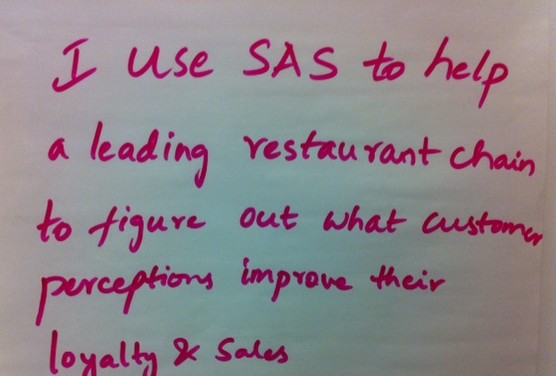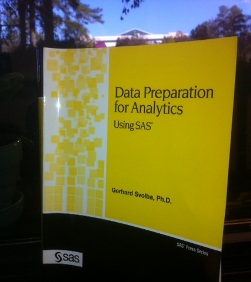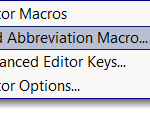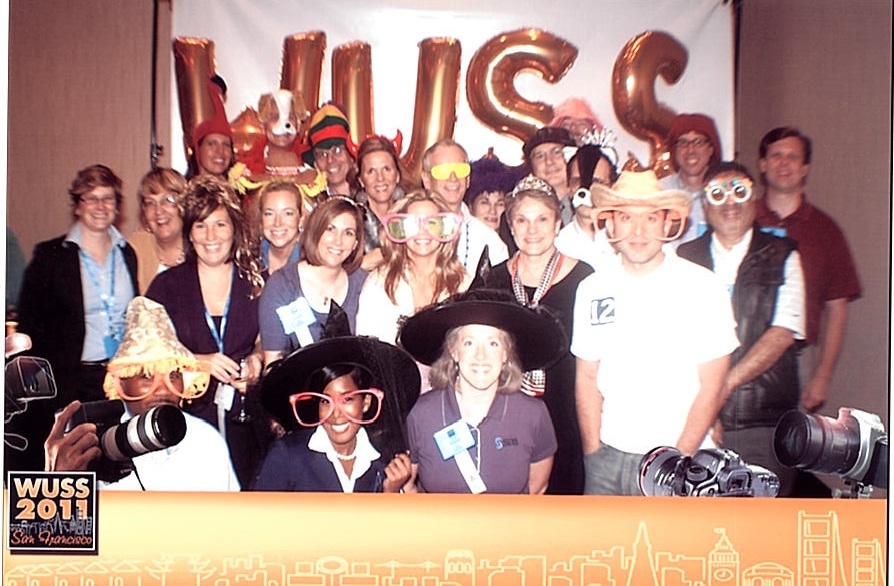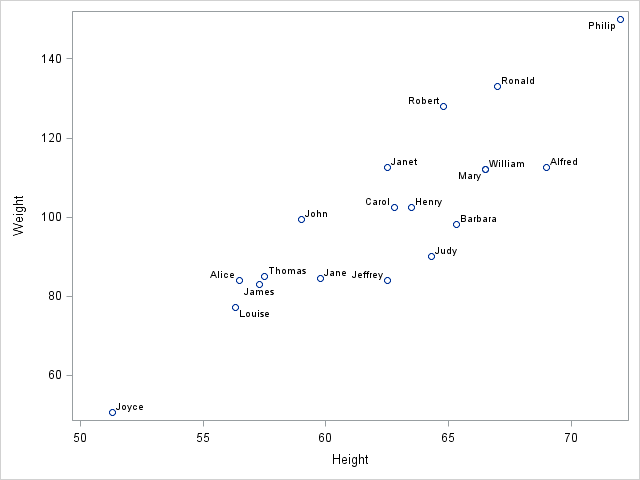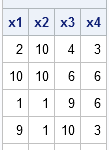
I got an email asking the following question: In the following program, I don't know how many variables are in the data set A. However, I do know that the variable names are X1–Xk for some value of k. How can I read them all into a SAS/IML matrix when



